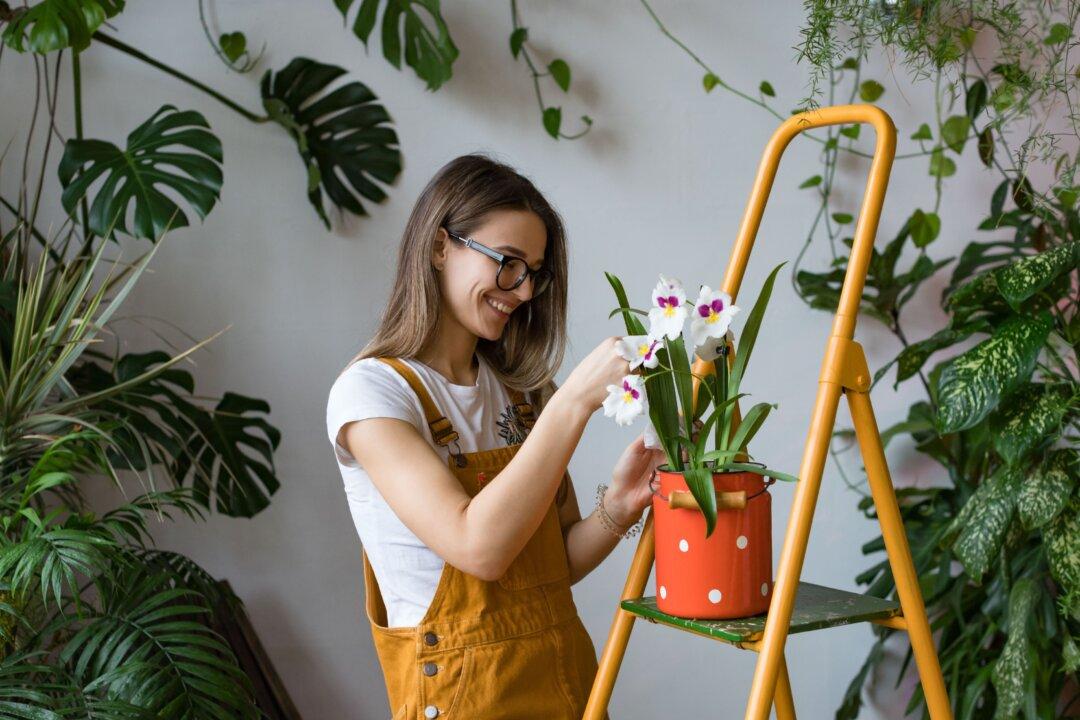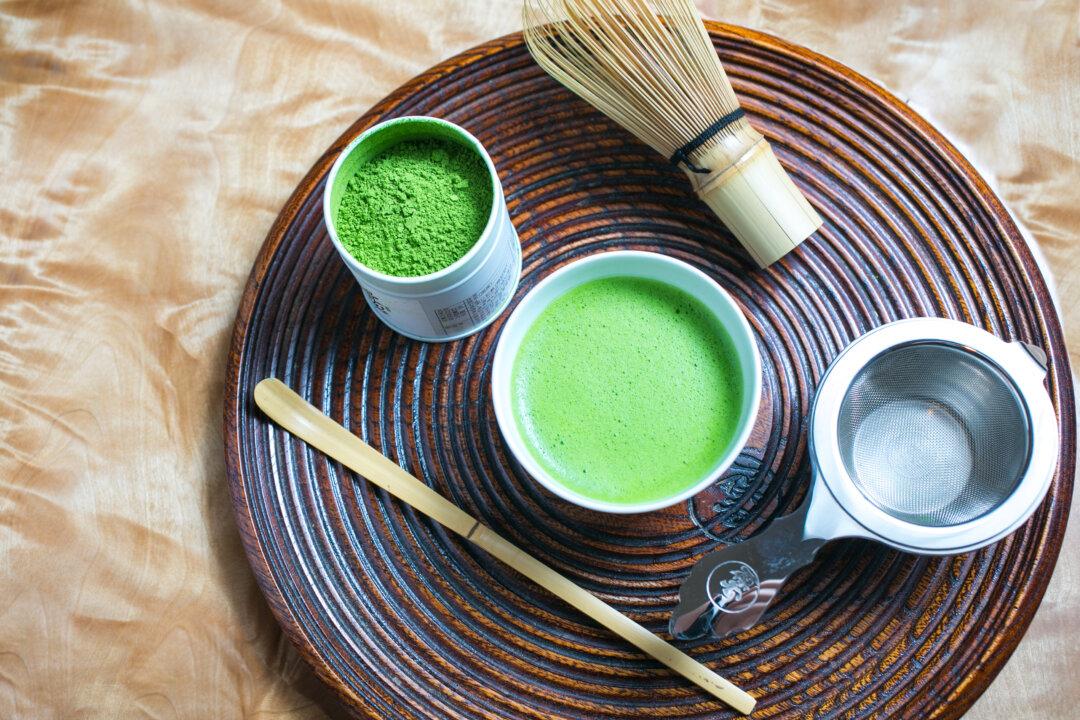Just after she had just had a baby, Jennifer Lauck received the gift of an orchid. She was secretly taken aback. “Look lady,” she wanted to tell her friend, “don’t give me an orchid right now.”
As Lauck, a bestselling author based in Portland, Ore., described in “Show Me the Way,” her memoir about parenting, she wanted to confess, “I can’t keep this slice of floral perfection alive. I can barely keep my kids and myself alive. What in the world are you trying to do to me here, break my back under the weight of yet another demand to keep life going? How much more life can I be responsible for?”






